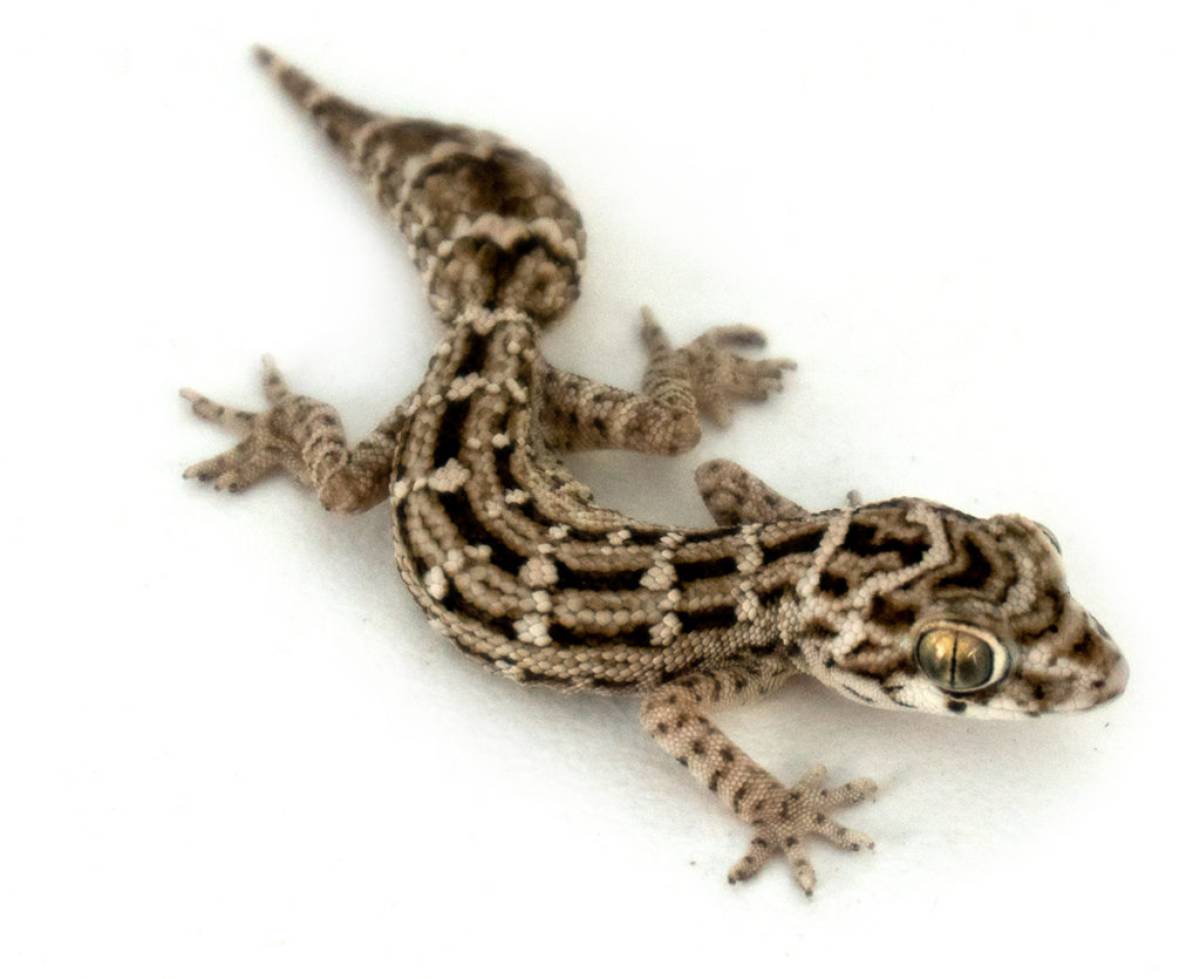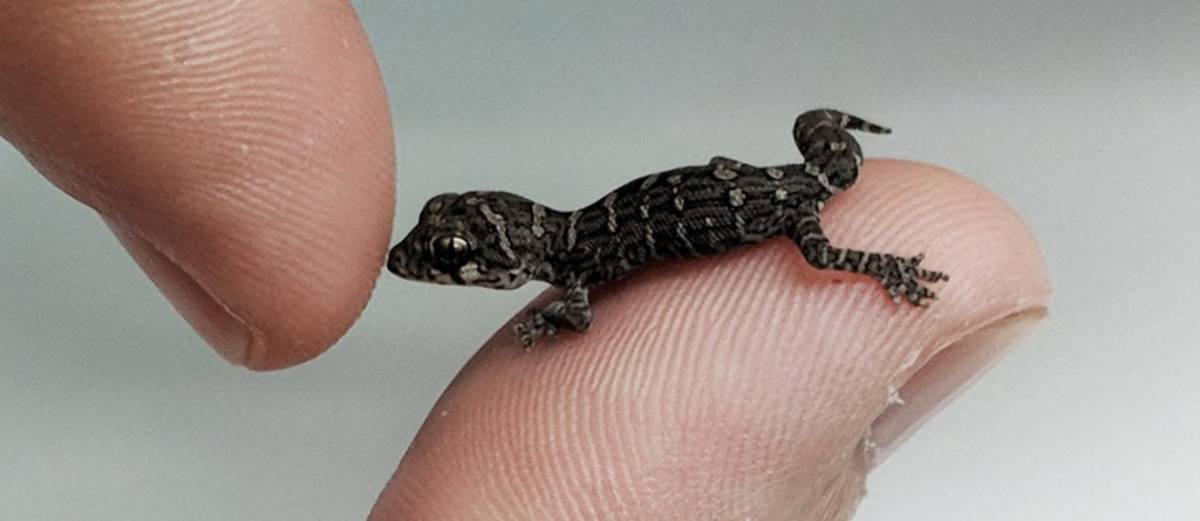Josh's Frogs
Viper Gecko - Teratolepis fasciata Care Sheet
NAME
Native to Pakistan, viper geckos ( Teratolepis fasciata ) are named for their keeled scales, the same kind of scales found on some vipers. They’re also sometimes called turnip-tailed or carrot-tailed geckos, a reference to their conspicuously thick tails. These fascinating little geckos are small and hardy, making them an excellent desert species to bring home!COLORATION
Viper geckos exhibit a unique ladder pattern with black, grey, beige, and white colors. Their intricate patterning and keeled scales give them a very unique and beautiful look--there is nothing out there that quite like the latticework of viper geckos!
HOUSING
One or two viper gecko adults can be housed comfortably in an 8x8x8 enclosure, but we recommend at least a 12x12x12 enclosure for groups of three to six animals, with larger enclosures housing more individuals. Hatchlings and juveniles can scale smooth surfaces, so be sure to secure any small potential escape routes in your enclosure! Whereas housing males together in many gecko species results in territorial aggression, viper geckos are communal: males and females of this species can be housed together with no issues! Viper geckos are terrestrial and inhabit arid, rocky areas in Pakistan. Sand , such as Repti-Sand, works well as a substrate. Our animals are kept on BioBedding Desert substrate. So long as the animals are kept healthy and hydrated, and temperatures are correct, impaction is not a risk. Feces and urates should be cleaned from the substrate at least once a week. These geckos are nocturnal, and they hide in rock crevices during the day. In captivity, many items can be repurposed as hides, such as cork bark, slate, or upside down plant saucers. At night, viper geckos come out and forage for food. They will climb rough surfaces, and low rocks, manzanita branches , and cork bark can be provided. Viper geckos also like to dig, so it is important that any cage items placed on the substrate are light. Any heavy items, like slate or rocks, should be supported by the bottom of the enclosure instead of being placed on top of the substrate. Viper geckos should be kept at temperatures ranging from 75 to 85F. A heat pad or heat lamp should be used to provide a hot spot of around 95F during the day. This temperature can be monitored with a temperature gun. Hides should be provided on both the cool and warm side to allow your gecko to thermoregulate without sacrificing security. Being nocturnal, this species requires no special lighting. Temperatures can drop down to 68 F at night. These geckos do well provided ambient humidity ranging from 40-50%. This species should be misted at least two or three times a week at night in order to leave droplets of water in the enclosure (such as on the enclosure walls and any items) from which the geckos will drink. The enclosure should have enough ventilation such that it dries out within a few hours of misting. A shallow water dish can be provided but is not necessary with consistent misting. Viper geckos will take advantage of a humid hide for shedding, hydrating, and even laying eggs. Temperature and humidity should be monitored with a digital thermometer/hygrometer . The hot spot can be checked with an infrared thermometer or temperature gun.SIZE
Viper geckos will not exceed 3 to 4 inches as adults. Healthy individuals will have plump tails, in which they store fat. Note that this species is capable of letting go of its tail when feeling threatened, so care should be given when handling this species. Given proper care, is estimated that these geckos can live up to 10-15 years in captivity.

